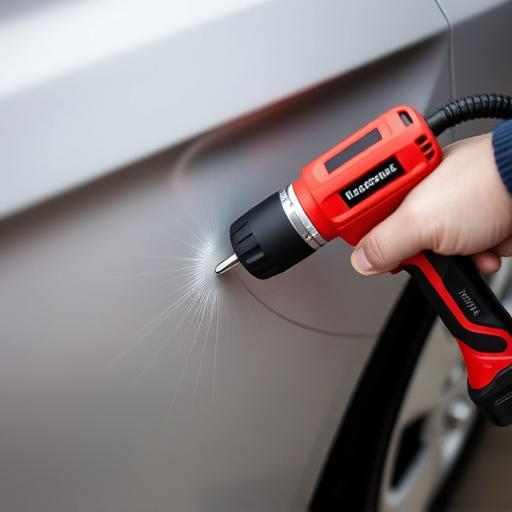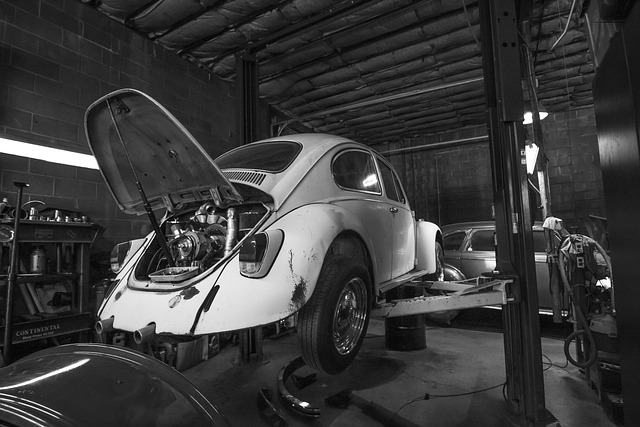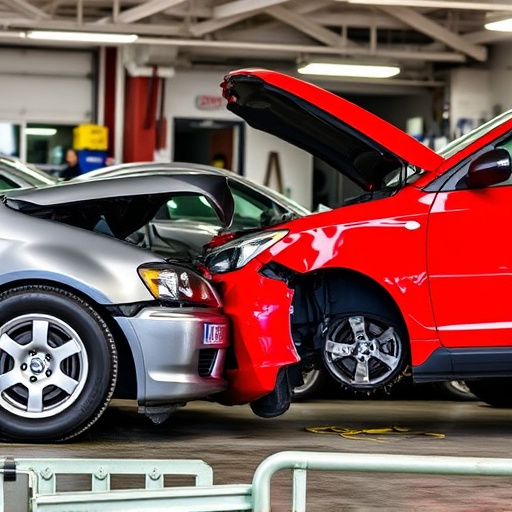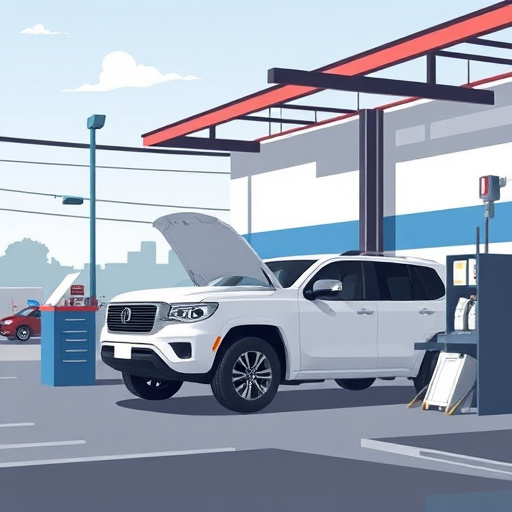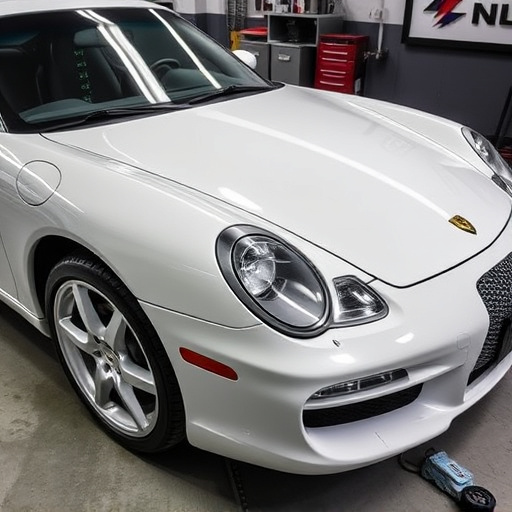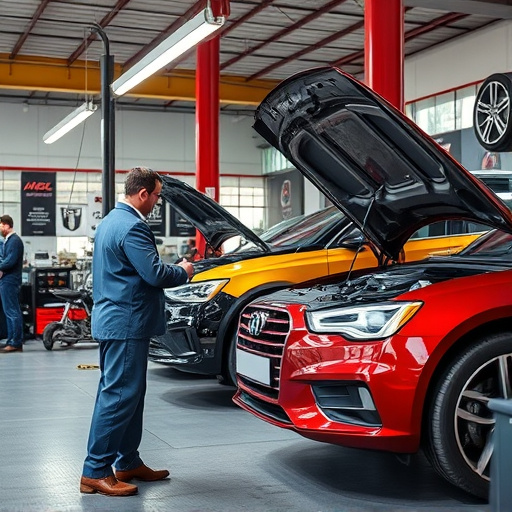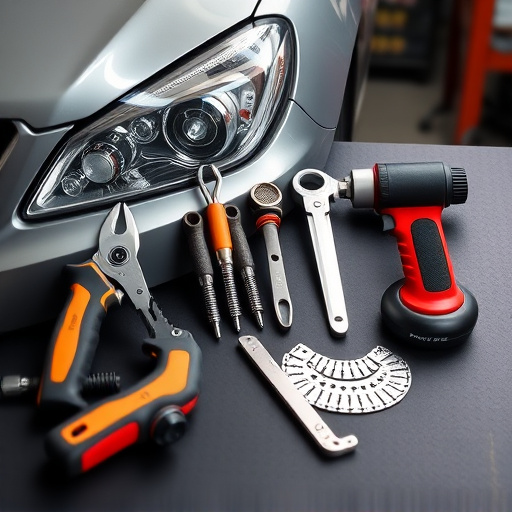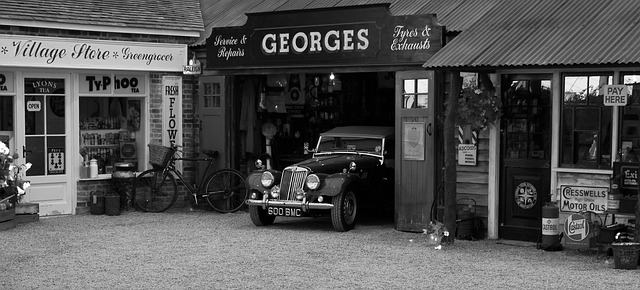After a car accident, thoroughly inspect and repair the steering system for safe handling. Use genuine OEM parts from reputable suppliers to prevent further damage and ensure proper alignment by skilled technicians.
After a car accident, proper steering repair is crucial for safety. This article guides you through the essential steps when replacement parts are needed. We’ll explore how to assess damage, recognize when components must be replaced, and source genuine parts for safe installation. By understanding these key aspects of steering repair following an accident, you can ensure your vehicle’s reliability and your peace of mind on the road.
- Assessing Damage After a Crash for Steering Repair
- Identifying Need for Replacement Parts in Steering Systems
- Sourcing and Installing Genuine Replacement Parts Safely
Assessing Damage After a Crash for Steering Repair
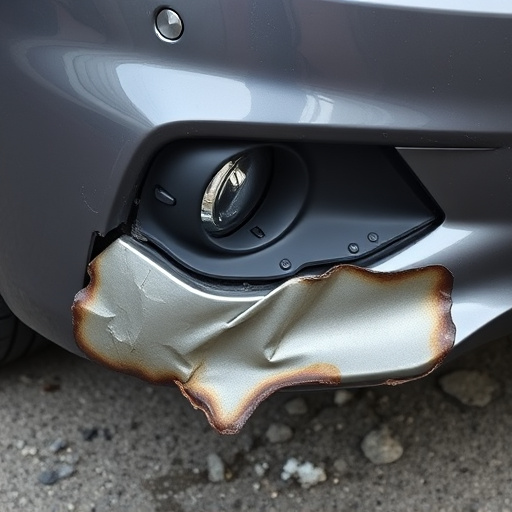
After a car accident, assessing the damage to the steering system is crucial for effective repairs. The first step involves thoroughly inspecting the vehicle to identify any visible signs of harm. This includes checking for bent or broken steering components such as the steering rack, tie rods, and ball joints. Sometimes, the damage might not be immediately apparent, requiring a more detailed examination by a professional mechanic. They will use specialized tools and techniques to assess the condition of these critical parts, ensuring no internal fractures or misalignments go unnoticed.
Identifying the extent of the steering repair needs is essential as it directly impacts the safety and handling of the vehicle. Depending on the severity of the crash, replacement parts may be necessary, especially for worn-out or severely damaged components. This could involve not just the steering parts themselves but also related systems like the power steering pump and steering column. Proper diagnosis and timely intervention through car paint services, fender repair, or other specialized repairs are vital to restore the vehicle’s safety features and ensure a smooth driving experience post-accident.
Identifying Need for Replacement Parts in Steering Systems
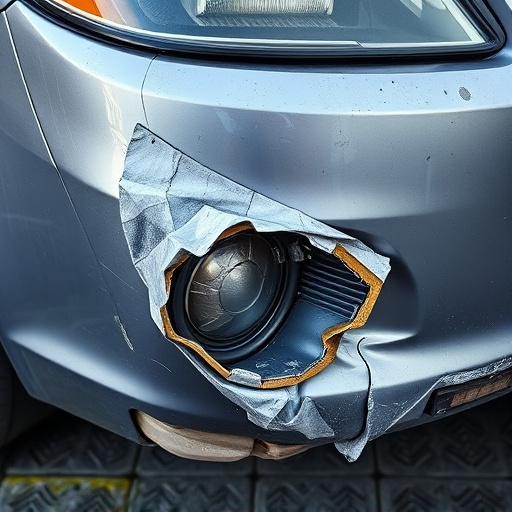
When a vehicle experiences an accident, one of the most critical components to inspect is the steering system. Identifying the need for replacement parts in steering repair after an accident requires a meticulous process. Automotive repair specialists begin by thoroughly examining the steering components for any signs of damage or misalignment. This includes checking the steering rack, tie rods, ball joints, and pitman arm for wear and tear or structural integrity issues. Any dent removal efforts should be carefully considered, as even minor impacts can compromise these vital parts’ functionality.
During this evaluation, vehicle repair technicians look for symptoms like difficulty in turning the steering wheel, irregular tire wear patterns, or unusual noise while turning. If found, these indicators point towards potential replacements, such as a new steering rack or tie rod ends. Timely identification and replacement of these components are crucial to ensure safe and smooth driving post-accident, preventing further complications that could affect overall vehicle alignment and control.
Sourcing and Installing Genuine Replacement Parts Safely
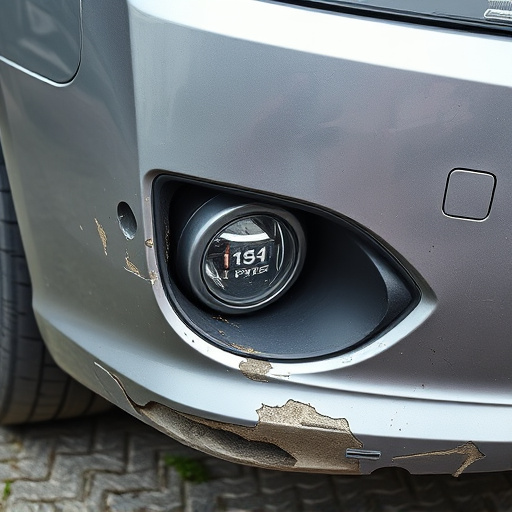
When conducting a steering repair after an accident, sourcing genuine replacement parts is paramount for both safety and effectiveness. It’s crucial to turn to reputable suppliers who guarantee authentic components designed specifically for your vehicle make and model. Using fake or inferior parts can lead to further damage and compromise your safety while driving. Many automotive body shops offer not only skilled auto repair services but also have access to these original equipment manufacturer (OEM) parts, ensuring they fit perfectly and function reliably.
Proper installation is another critical step in the steering repair process. Skilled technicians understand the intricacies of vehicle bodywork and can handle even the most complex tasks with precision. They know how to align and mount new parts accurately, ensuring smooth operation and preventing future issues related to misalignment or poor fitting components. This attention to detail not only guarantees a job well done but also safeguards your investment in your vehicle’s safety and performance.
When it comes to effective steering repair after an accident, identifying the need for replacement parts is crucial. By thoroughly assessing crash-related damage and sourcing genuine components, you can ensure a safe and reliable restoration of your vehicle’s steering system. Remember, using quality replacement parts is essential for maintaining optimal handling and preventing future issues, making it a key step in the steering repair process following an accident.

